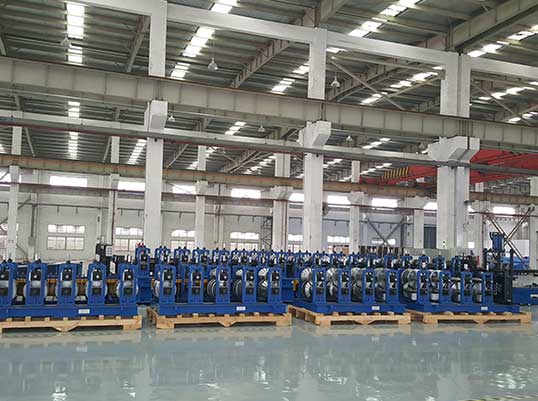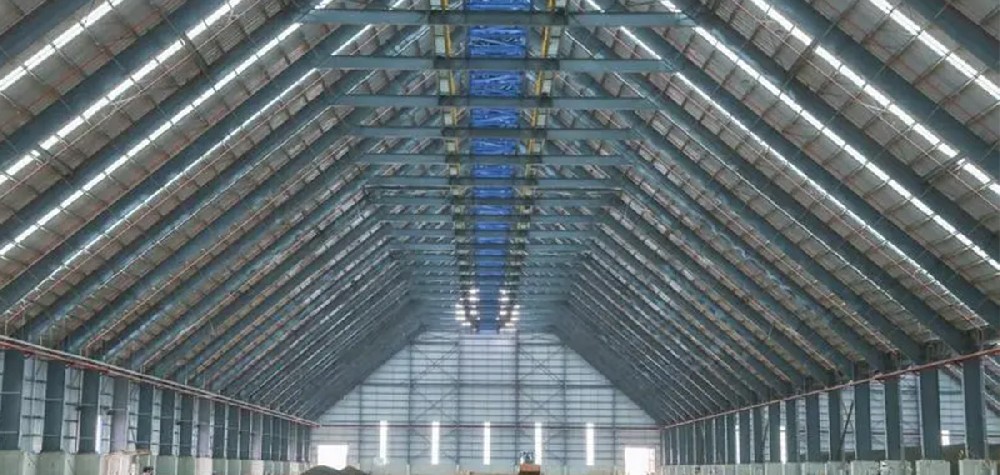Navigation Menu
Contact Us
- Email:
- info@wxavatar.com
- Address:
- Yurong Village, Yuqi Street, Huishan District, Wuxi, China.
Release Date:May 24, 2025 Visit:48 Source:Roll Forming Machine Factory
The solar energy industry continues to evolve, with innovations in manufacturing playing a key role in improving efficiency and reliability. Among these advancements, the solar stand roll forming machine has become an important tool in the production of mounting structures. By streamlining fabrication processes, this technology contributes to more consistent and cost-effective solar installations.

The Role of Roll Forming in Solar Mounting Structures
Solar mounting structures require precision and durability to ensure long-term stability. Traditional manufacturing methods, such as welding and cutting, often involve multiple steps that can lead to inconsistencies. The solar stand roll forming machine addresses these challenges by automating the shaping of metal sheets into uniform profiles with high accuracy.
This process reduces material waste and minimizes human error, resulting in stronger and more reliable mounting components. Additionally, roll forming allows for customization, enabling manufacturers to produce a variety of designs to meet different project requirements.
Benefits for Manufacturers and Installers
Improved Production Efficiency – Roll forming machines operate at high speeds, significantly reducing production time compared to manual methods. This allows manufacturers to meet growing demand without compromising quality.
Consistent Quality – The automated nature of roll forming ensures that each component meets exact specifications, reducing the risk of defects and improving overall system performance.
Cost-Effective Solutions – By optimizing material usage and reducing labor costs, roll forming helps lower production expenses, making solar mounting structures more accessible.
Scalability – Manufacturers can easily adjust production volumes based on market needs, providing flexibility for both large-scale solar farms and smaller residential installations.
Future Developments in Roll Forming Technology
As the solar industry expands, further advancements in roll forming technology are expected. Innovations such as enhanced automation, real-time monitoring, and adaptive tooling may further improve precision and efficiency. These developments will likely contribute to even more reliable and cost-efficient mounting solutions.

Conclusion
The solar stand roll forming machine represents a significant step forward in mounting structure manufacturing. By enhancing production efficiency, ensuring consistent quality, and reducing costs, this technology supports the broader adoption of solar energy systems. As manufacturing techniques continue to evolve, roll forming will remain a key factor in the advancement of solar infrastructure.